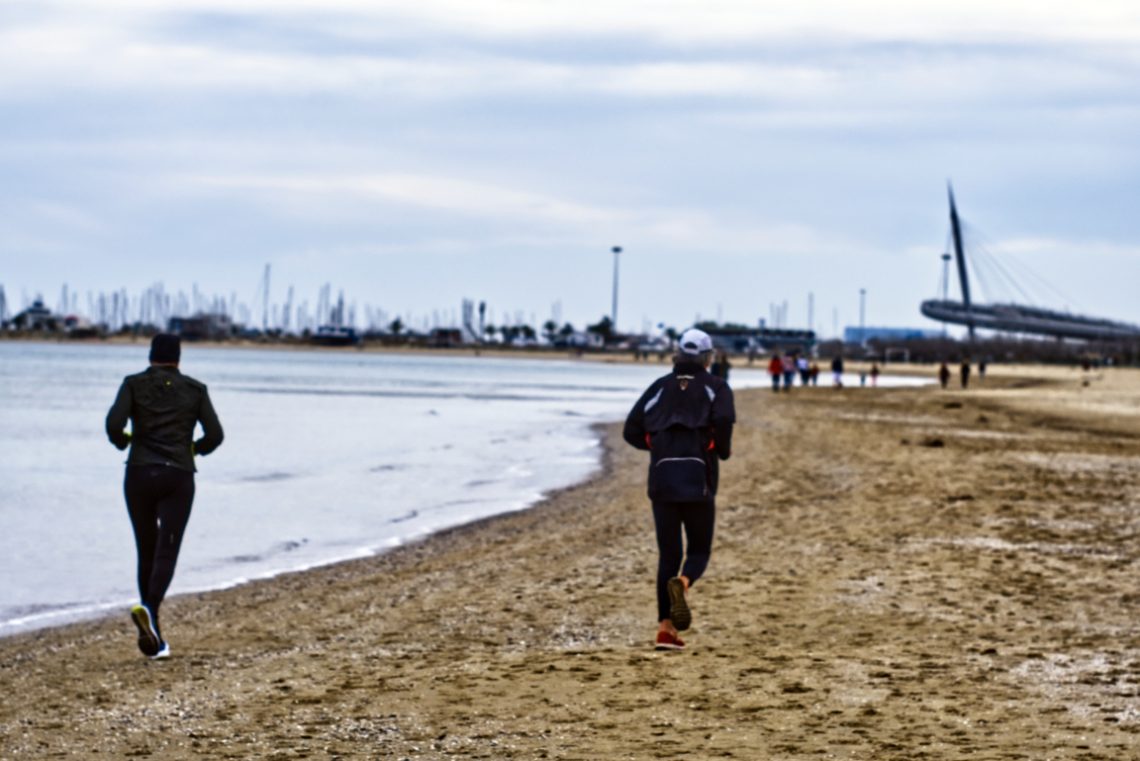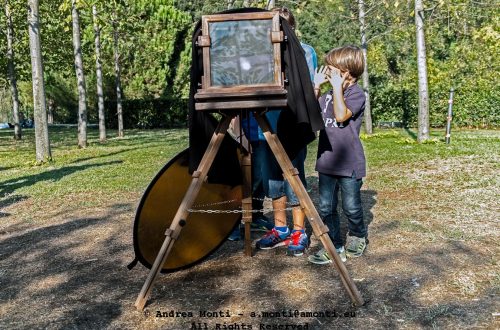
Using a 1960 Leica Elmarit 90/2,8 on a Fuji X-T3
In short
The Leica Elmarit 90/2,8 works flawlessly on a Fujifilm X-T3, also with third-party adapters having no electronic connection with the camera. It provides excellent results, notwithstanding its age. Using this lens for street photography requires using focus-peaking or zone focus. In this latter case, proper training is necessary to correctly assess the distance from the subject.
Image quality
On the X-T3 the lens preserves its unique identity. Its colour rendering gives pictures a distinctive ‘retro’ character. The Elmarit shows an excellent resolving power: thin lines are visible and well defined. Chromatic aberration is visible at F2,8. It disappears from F4 and ahead. Anyway, the lens profile is well supported by all major photo editing platforms, so fixing issues in post is not going to be a problem.
Focus and Framing
Remember: on an APS-C camera, a 90mm becomes (about) 135mm.
When there is time to take the shot, choosing the manual focus method (split-image, micro prism, focus peaking) is a matter of personal taste. The focus barrel is smooth and precise, so there are no particular issues to report.
For street-photography or (relatively) fast shots, I have found that focus peaking works best (in particular, by marking the focused parts in red). Zone-focus is another option for street-photography. However – unless possessing range-finder superpowers – gettting a full-shot, requires having some slack in the focus range. Therefore, with the camera at eye level, the subject is to be engaged at a distance of 10 mt at F8. The resulting focus zone ranges from about 1,50 mt in front of the subject to about 2,15 mt behind him. A medium-shot is possible with the subject at about 4 mt. In this case, however, the focus range is narrow. It ranges from about 27 cm in front of the subject and about 30 cm behind him.
The 135 mm (equivalent) focal length makes composition difficult because of the narrow field of view (about 18 degrees). The difficulty increases, in particular, when shooting from the hips. There is no alternative – pun non intended – to focused training to teach the eye and the hands how to act correctly to overcome these issues.
Practical application
Unless being very comfortable with manual focus I would not use this lens in a situation (either professional or recreational) where missing is not an option. As much as thr X-T3 focus peaking works very well, there is lag between the moment the subject is in focus and the moment the brain registers the information and act accordingly.




